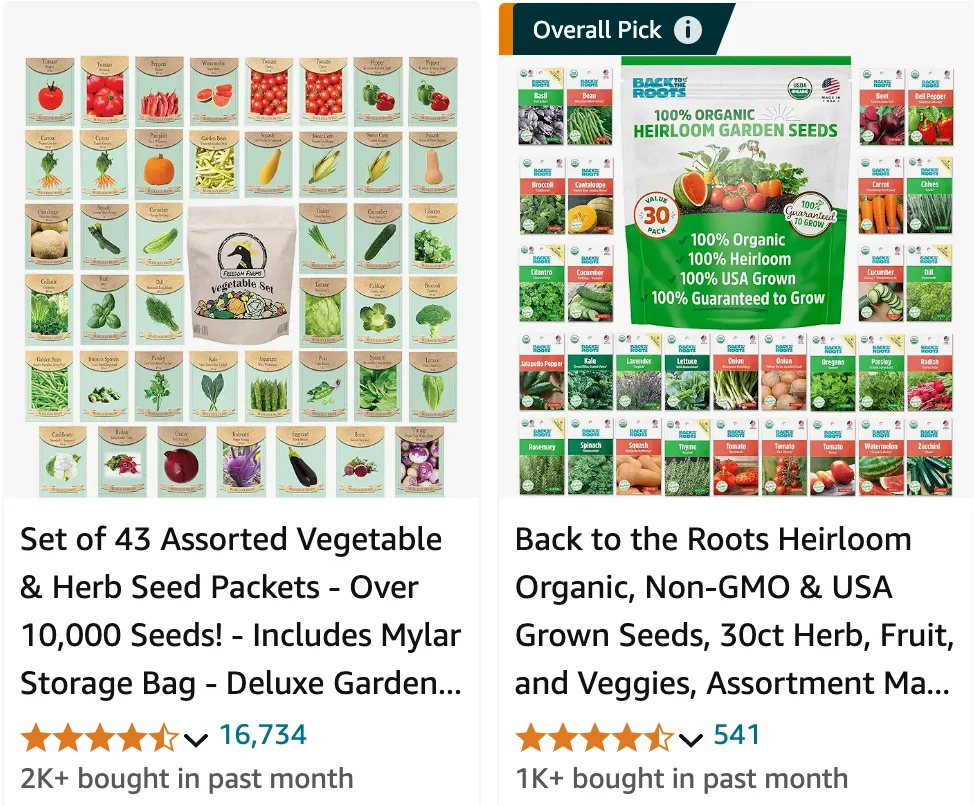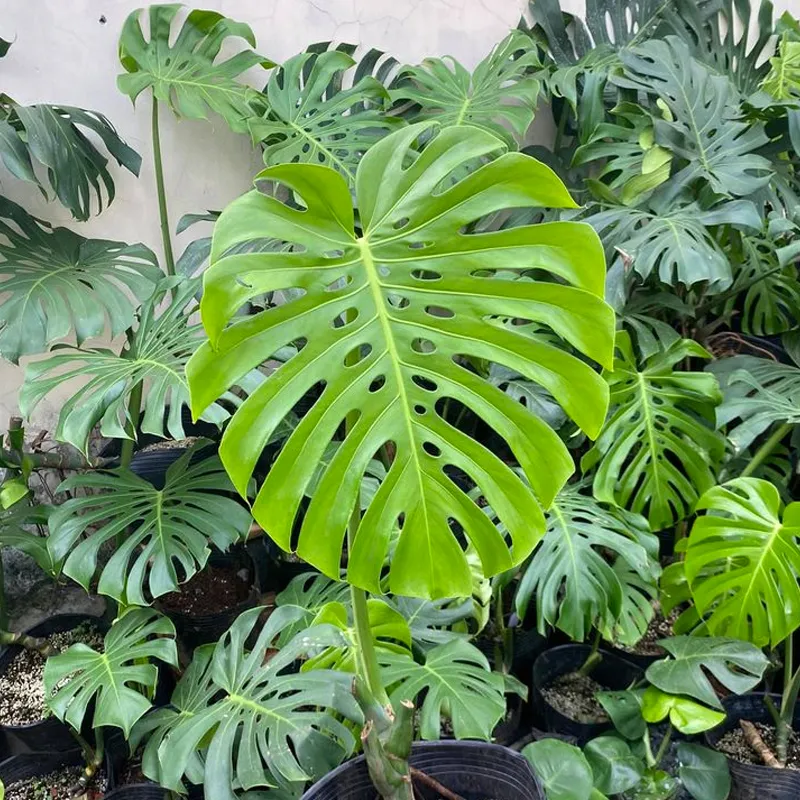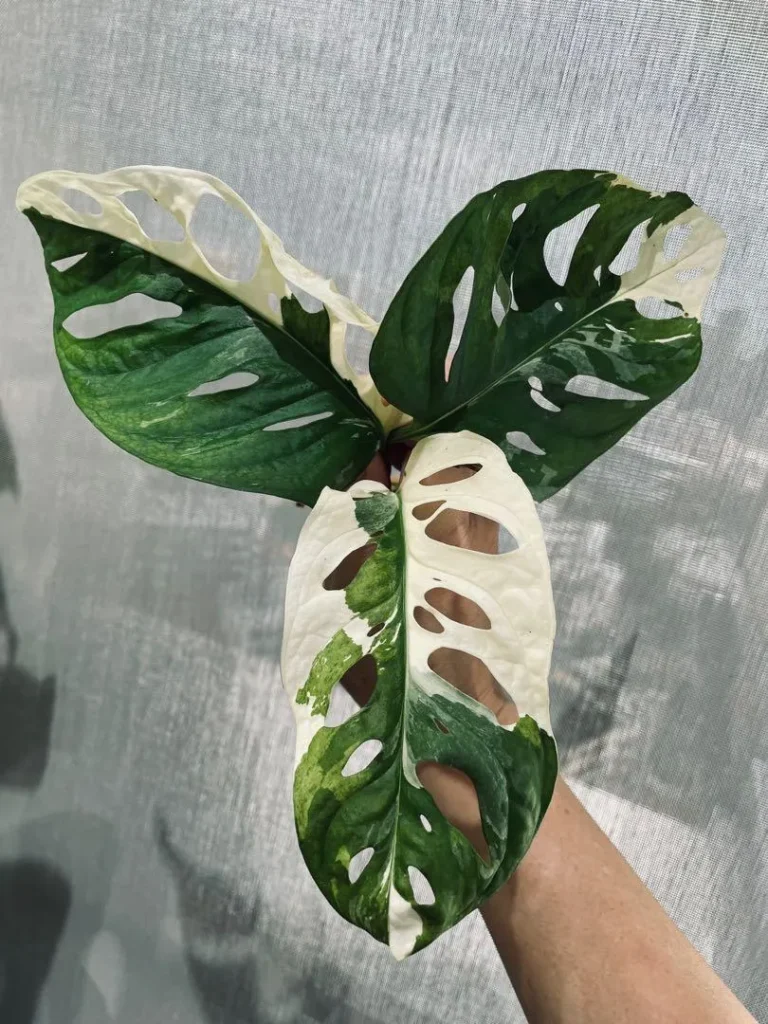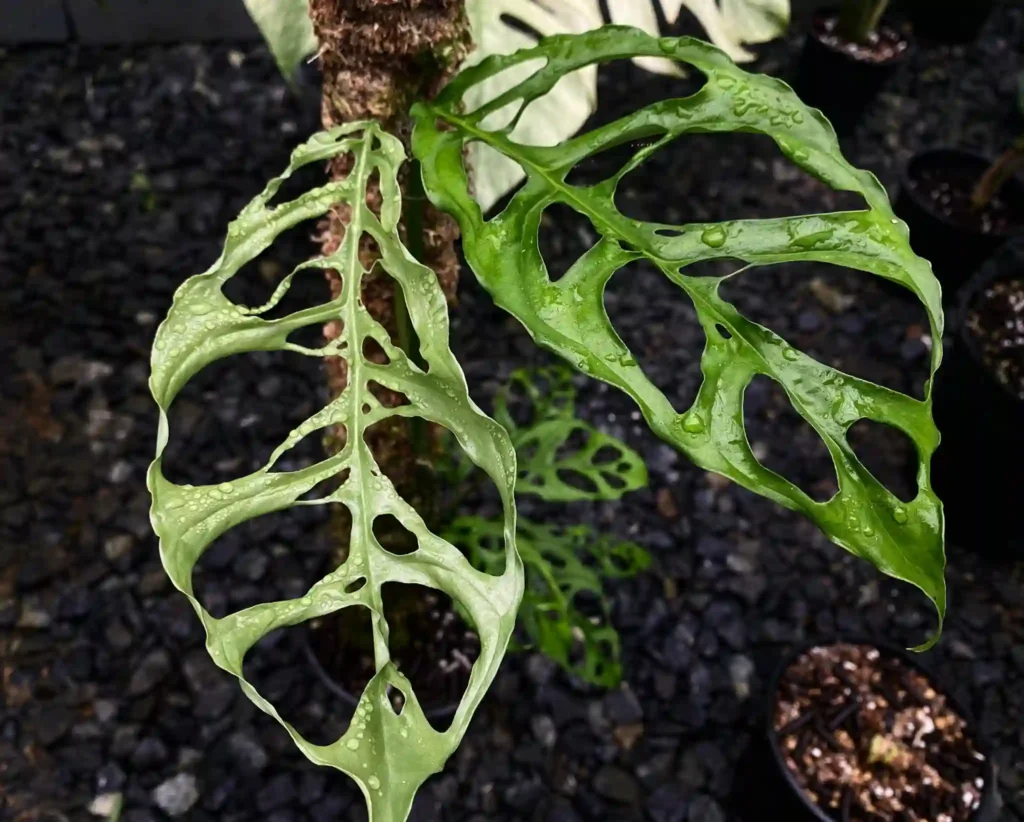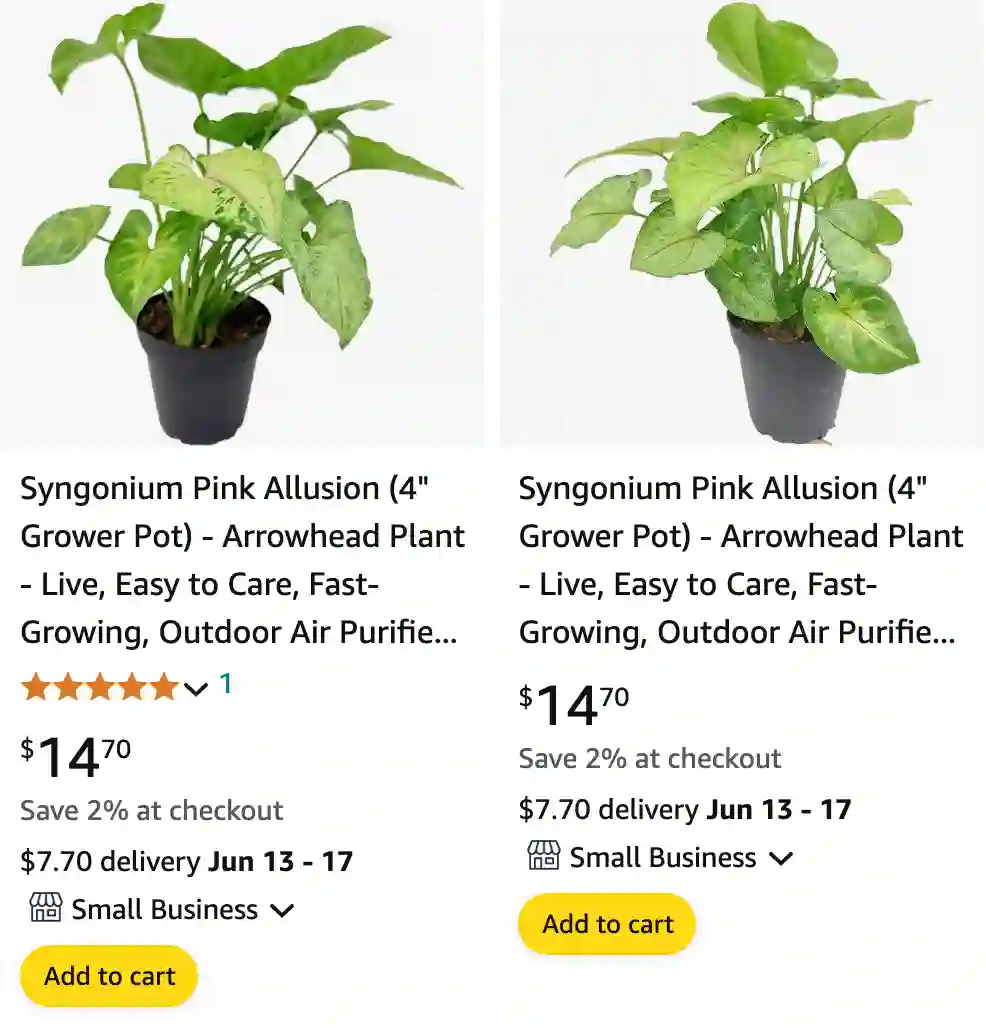
Syngonium Pink Allusion: Your Guide to the Delicately Pink Vine
Hi, Ferb Vu here! Today, we’re diving into the world of the Syngonium Pink Allusion, a captivating houseplant known for its vibrant foliage. Whether you’re a seasoned plant parent or a curious beginner, this guide will equip you with everything you need to know about caring for this tropical beauty.
What is a Syngonium Pink Allusion?
The Syngonium Pink Allusion is a member of the Araceae family, closely related to popular houseplants like philodendrons and Monsteras. It’s a vining plant boasting attractive, arrowhead-shaped leaves. The defining characteristic of this variety is the interplay of colors. The base shade ranges from a cool green to a warm olive green, overlaid with a soft, dusty pink. But wait, there’s more! The veins on the leaves are a vibrant pink, adding a delightful pop of color.
As a bonus, the Pink Allusion is known for its compact growth habit. It tends to form pups (baby plants) at the base, creating a fuller appearance. This characteristic makes it ideal for hanging baskets, shelves, or letting it trail down a moss pole.
Syngonium Pink Allusion vs Neon Robusta
Now, Syngonium Neon Robusta is a whole different story. This plant is a real showstopper! The leaves are a shockingly vibrant neon pink, almost glowing under the right light. It grows like crazy, constantly putting out long, slender vines. I have it climbing up a moss pole and it’s quickly become a statement piece in my living room. The downside? It can be a bit finicky. It needs more consistent moisture than the Pink Allusion and throws a fit if the humidity dips too low. But for the wow factor, it’s definitely worth the extra effort.
Syngonium Pink Allusion vs Pink Splash
Choosing between my Pink Allusion and Pink Splash can be tough, because they both offer such a unique look. The Pink Allusion, as I mentioned before, has that beautiful veined pink that shimmers and changes depending on the light. It feels a bit more sophisticated, like a delicate piece of lace.
Syngonium Pink Splash, on the other hand, is all about bold splashes of color. The pink appears in random patches across the deep green leaves, almost like a confetti explosion. It’s a lot more playful and eye-catching. In terms of growth, the Pink Splash seems to be a bit slower than the Pink Allusion, but it also requires less light. Both are pretty easy to care for, but the Pink Splash might be a touch more forgiving if you forget to water it occasionally.
Syngonium Pink Allusion vs. Syngonium White Butterfly: Sibling Rivalry?
These two Syngonium varieties are often confused due to their similar appearance. Here’s a breakdown to help you differentiate them:
- Leaves: The Pink Allusion has a green or olive-green base with a pink overlay and prominent pink veins. The White Butterfly, on the other hand, features a more prominent white variegation that can sometimes obscure the green base color. The veins are typically a lighter shade of green or white.
- Growth Habit: Both varieties are relatively compact, but the Pink Allusion might have a slightly bushier appearance due to its tendency to form pups at the base.
Ultimately, both the Pink Allusion and White Butterfly are stunning additions to any plant collection. The choice comes down to personal preference – do you favor the delicate pink hues or the striking white variegation?
How to care for Syngonium Pink Allusion?
The good news is, the Syngonium Pink Allusion is a relatively low-maintenance plant. Here’s what you need to know to keep it thriving:
- Light: While it tolerates low light, medium to bright indirect light will encourage optimal growth and enhance the pink coloration. Avoid direct sunlight, which can scorch the leaves.
- Watering: Water your Pink Allusion when the top inch of soil feels dry to the touch. Overwatering is a common culprit for plant problems, so err on the side of underwatering.
- Soil: A well-draining, aerated potting mix is essential. You can use a commercial aroid mix or create your own by combining potting soil with perlite or orchid bark for added drainage.
- Humidity: While Pink Alluisions tolerate average household humidity, they appreciate a slight increase. Grouping them with other plants or using a pebble tray with water can help create a more humid microclimate.
- Fertilizer: During the growing season (spring and summer), a balanced fertilizer diluted to half strength can be applied monthly. Withhold fertilizer during winter.
With proper care, your Syngonium Pink Allusion will reward you with lush, vibrant foliage for years to come.
Common Problems and Solutions
Even the easiest plants can encounter occasional issues. Here are some common problems you might encounter with your Pink Allusion and how to fix them:
- Brown leaves: This can be caused by underwatering, overwatering, or exposure to harsh sunlight. Adjust your watering routine and check the light conditions.
- Yellowing leaves: Similar to brown leaves, yellowing can indicate underwatering, overwatering, or lack of light. Ensure proper watering and consider moving the plant to a brighter location.
- Leggy growth: This is a sign your plant isn’t receiving enough light. Move it to a brighter spot and consider providing support for climbing.
- Pests: Mealybugs and spider mites can occasionally target Syngoniums. Regularly inspect your plant and treat infestations with neem oil or insecticidal soap.
By identifying the problem early and taking the necessary steps, you can keep your Pink Allusion healthy and flourishing.
Conclusion: The Allure of the Pink Allusion
The Syngonium Pink Allusion is a captivating houseplant that combines easy care with stunning aesthetics. Its delicate pink hues and compact growth habit make it a versatile addition to any indoor space. With a little TLC, you can ensure this tropical beauty thrives in your home for years to come.
So, are you ready to add a touch of pink magic to your life? Embrace the allure of the Syngonium Pink Allusion
